-
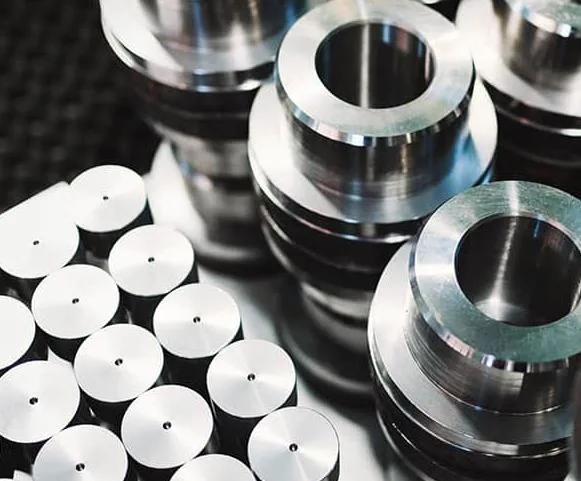 2024.8.13
2024.8.13Alodine finish is an important metal surface treatment technology that improves corrosion resistance and adhesion for metal surfaces. What is the process of Alodine coating and when do you need it? Let’s get into an overview of the Alodine finish/chem film/chromate conversion coating, covering its types, classes, standards, processes, and comparison with anodizing, etc. Junying is capable of providing Chromate conversion coating surface finishing service for your aluminum machined parts or other components. What Is Alodine Finish? Alodine Finish, also known as chem film or chemfilm, is ......
-
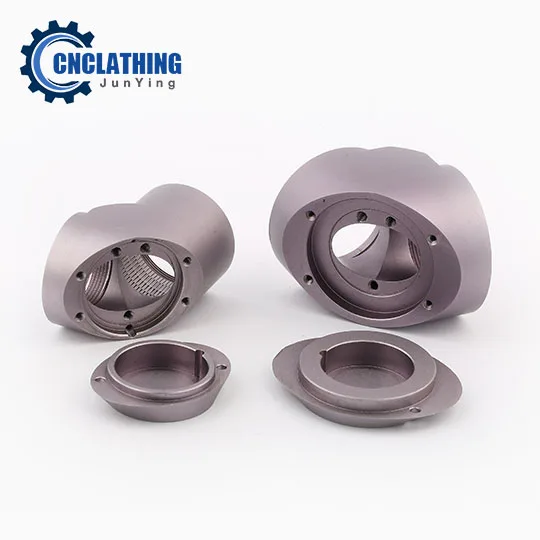 2024.8.9
2024.8.9Aluminum anodizing represents a prevalent surface finishing technique employed for machined parts. With various types of anodization available, we will delve into Type III anodizing. This discussion will encompass its definition, specifications certification, achievable thickness, hardness, colors, applicable materials, process, benefits, and a comparison between Type 3 and Type 2 anodizing and hard coat anodizing vs plating. What Is Type III Anodizing (Hardcoat Anodizing)? Type III anodizing, also known as Hardcoat/Hard Coat Anodizing or Hard Anodic Coating, is an electrochemical proce......
-
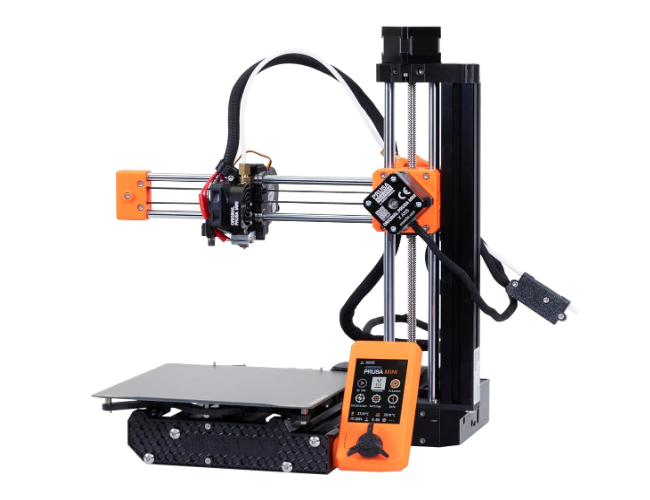 2024.7.23
2024.7.23Besides professional fields, 3D printing is also rising among amateur enthusiasts, while for newbies, how to choose the first printer? Today we want to introduce five easy-to-use and budget 3D printers for beginners under $500 in 2024. Best 3D Printer for Beginners 2024 – Top 5 Easy & Budget 3D Printers Under $500 in 2024 Below is a list of the top 5 best 3D printers in 2024 for beginners, hobbyists, newbies, and kids. These printing machines may not be the newly released products this year, but they are still good to use and most of them have reduced the prices, which makes th......
-
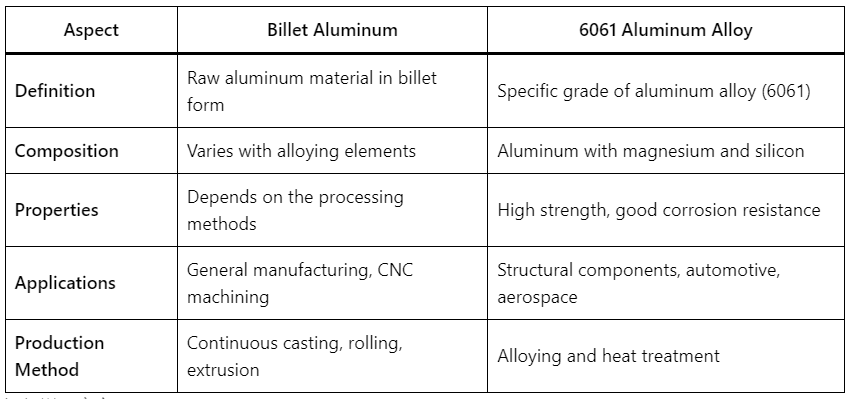 2024.7.22
2024.7.22Aluminum billets are key materials in modern manufacturing due to their lightweight and high strength. Picture a huge aluminum billet in a factory, reflecting dazzling light like a symbol of future technology. Producing aluminum billets involves complex metallurgical and mechanical processes, integrating modern science and technology. From extracting aluminum ore to casting and extruding high-purity aluminum, each step shows the close integration of science and industry. This combination gives aluminum billets excellent performance and adaptability in industrial production. With a focus......
-
 2024.7.16
2024.7.16CNC machining is still a linchpin in modern manufacturing, driving the precise and efficient creation of intricate parts across various sectors. The integration of Artificial Intelligence (AI) tools is transforming the CNC Machining industry, they not only can make CAD for specific products, but also can write CNC programs from a CAD drawing, and even can generate GCODE for your CNC machines. These tools enhance efficiency, precision, and productivity, making them indispensable for modern machinists. Here we are presenting the top 10 AI tools for CNC machining design, programming, and G......
-
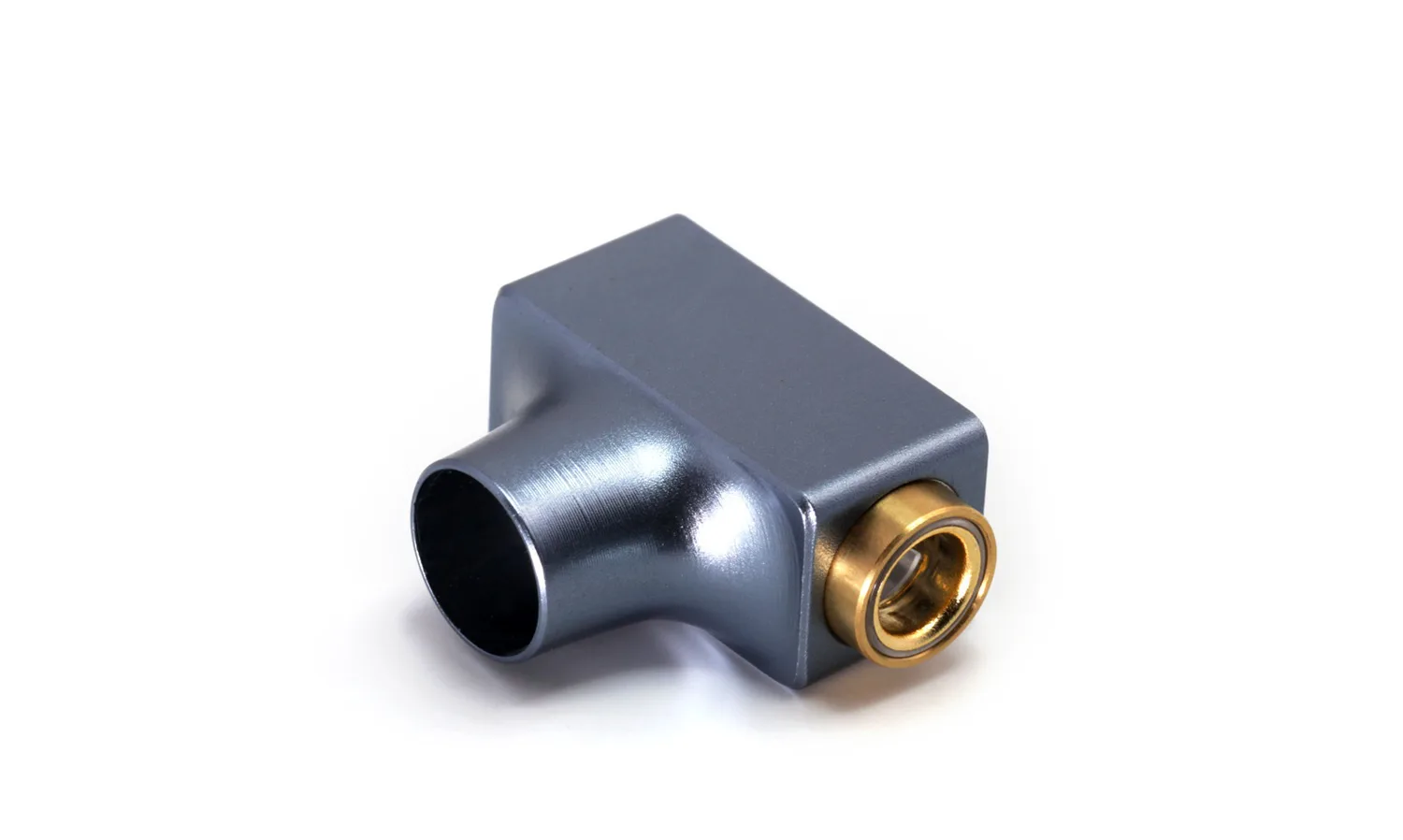 2024.7.9
2024.7.9In today’s digital age, smartphones extend far beyond their basic functions, thanks to various accessories that enhance user experiences. Among these are headphone jack adapters and DAC (Digital-to-Analog Converter) dongles, essential for audiophiles and casual users alike. CNC (Computer Numerical Control) technology has revolutionized the production of these peripherals, making them more precise and durable. Let’s explore the latest trends in phone jack conversion interfaces and introduce the best headphone jack adapters and DAC dongles, focusing on ddHiFi adapters. We will exami......
-
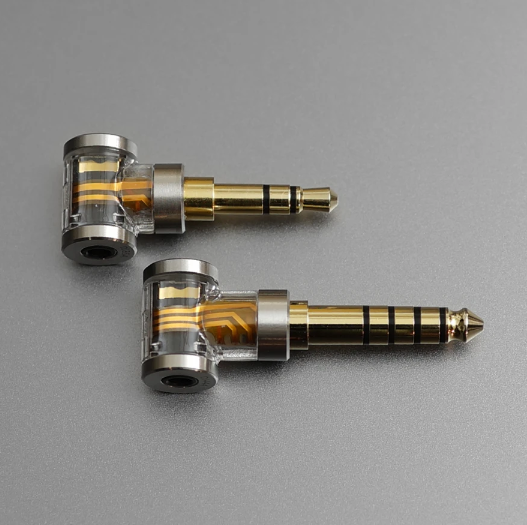 2024.7.9
2024.7.9Headphone adapters are used in converting or adapting audio signals between different devices and headphones, before purchasing an audio adapter, let’s explore its manufacturing process, and headphone jack adapter types, components, and how to use it. What Is a Headphone Jack Adapter? A headphone (earphone) jack adapter is a type of audio adapter that provides compatibility between devices that have different types of audio ports. Adapters have different external connector types on either end that allow them to physically plug into the respective audio ports that are being adapted betwee......
-
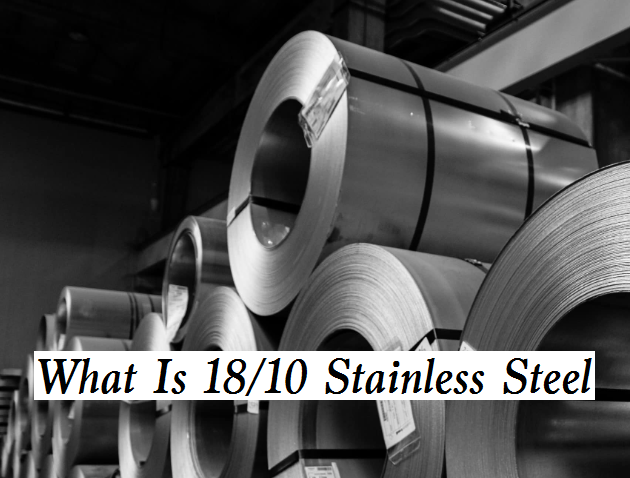 2024.7.8
2024.7.8In this article, we’ll break down the 18/10 stainless steel grade, covering its definition, machinability, safety, composition, properties, and comparison with other alloys (18/0, 18/8, 304 & 316). What Is 18/10 Stainless Steel? 18/10 or 18-10 stainless steel is an austenitic stainless steel, the name is based on its chemical composition of approximately 18% chromium and 10% nickel. This material is renowned for its excellent corrosion resistance, strength, processability, and aesthetic appeal, making it a popular choice for cutlery and other kitchen utensils. 18/10 may refer......
- Home
- Machining techniques
- CNC Machining Services
- Cooperative supply services
- Designs
- Materials
- Finishing Services
- Shop
- Products
- Guide
- About Us
- Contact Us

